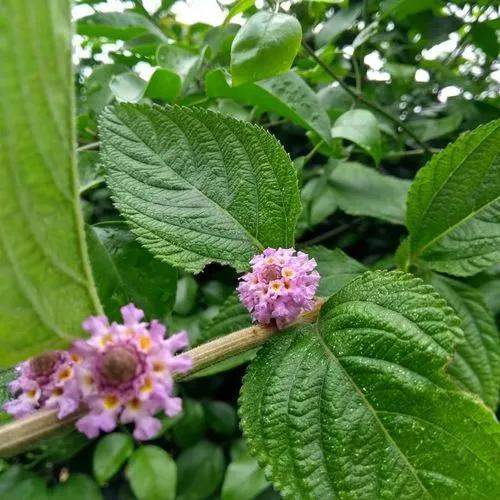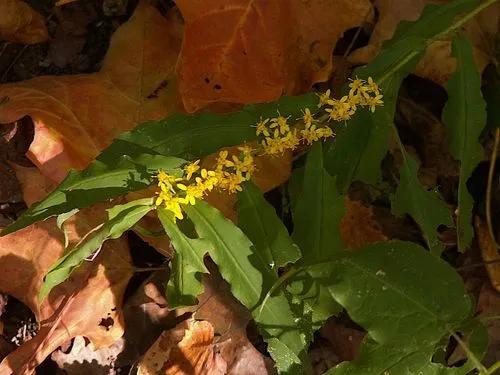Erythrina caffra, the coast coral tree or African coral tree, is a tree native to southeastern Africa, which is often cultivated and has introduced populations in California and India. All the 17 species of coral tree in the genus Erythrina are collectively considered the official tree of Los Angeles, California in the United States.
Coast Coral Tree Care
Erythrina Caffra



Erythrina caffra is a medium- to large-sized deciduous tree, 9-12 x 7-11 m. Its size depends largely on the climate and soil conditions. This species forms a round-headed, spreading canopy and has a beautifully light green appearance when in leaf. Trees may even reach a height of 20 m in coastal and forested regions where the conditions are optimal. The trunk and branches are grey, sometimes set with short, sharp prickles. As with all other erythrinas, the leaves are typically trifoliate (three leaflets), which are broadly ovate (egg-shaped) to elliptic (oval and narrowed to rounded ends, widest at or about the middle), the terminal leaflet being the largest, 80-160 x 80-180 mm. The lateral leaves are slightly smaller and without hairs or prickles. The leaflet petiole (leaflet stalk) is up to 160 mm long and with or without prickles. The flowers are spectacular and are produced before the leaves appear. They are carried in large clusters at the ends of thick, fleshy stalks. Superficially they are shaped like cockscombs. Flowering starts from winter and carries on throughout spring. The flower has a short, broad, standard petal, the lower half of which curves upward to expose the stamens, which give the flower a bewhiskered appearance. The fruits are dark, cylindrical pods, which are up to 65 mm long. The pods split to release the small, shiny, coral-red seeds, which are marked on one side with black spots. As seeds weather and become older, they turn a rich red-brown.
How to Care for the Plant

Popularity

139 people already have this plant 22 people have added this plant to their wishlists
Discover more plants with the list below
Popular articles






